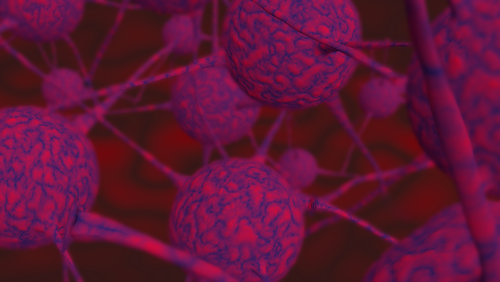Researchers Uncover Therapeutic Target for Frontotemporal Dementia

 A new study published this week in the Journal of Neuroscience suggests a potential therapy for a type of neurotransmitter receptor for Frontotemporal Dementia.
A new study published this week in the Journal of Neuroscience suggests a potential therapy for a type of neurotransmitter receptor for Frontotemporal Dementia.
The study entitled ”Tau-Mediated NMDA Receptor Impairment Underlies Dysfunction of a Selectively Vulnerable Network in a Mouse Model of Frontotemporal Dementia,” was conducted by a team of researchers from the University of Alabama at Birmingham lead by Dr. Erik Roberson M.D., Ph.D., associate professor in the Department of Neurology.
Frontotemporal dementia (FTD) FTD is neurodegenerative behavior disorder affecting the salience network and the ventral striatum and insula, and causes symptoms such as repetitive behavior, personality changes, social withdraw, apathy and disinhibition. Evidence shows that Tau mutations (encoded by the MAPT gene) are in the basis of this disorder, however it remains unclear how Tau mutations damage the salience network.
The team of researchers from UAB used a mouse model expressing the entire human tau gene with the FTD-associated V337M mutation. The mice had aging-dependent repetitive and disinhibited behaviors and synaptic deficits in the ventral striatum and insula.
In a recent press release, Dr. Erik Roberson said, “We found that mutant tau impairs synapses — the connections between neurons — by reducing the size of the anchoring sites of an essential glutamate receptor called NMDA.”
“Reduction of the anchoring sites left fewer NMDA receptors available at the synapse to receive excitatory signals, thus limiting synaptic firing and network activity,” Dr. Roberson clarified.
The researchers then administered a compound called cycloserine to the mice, which was previously found to assist NMDA receptor function. Cycloserine enhanced NMDA receptors’ function, which restored network activity and reversed the behavioral deficits.
“This study provides mechanistic insight into how a tau mutation affects specific brain regions to impair a network,” said Roberson. “It also provides a potential therapeutic target, the NMDA receptor, which appears to correct the network and behavioral abnormalities.”
The research team findings suggest that an improvement in the function of the NMDA receptor may be beneficial for patients with FTD, however, it is necessary further assess the feasibility of this clinical assumption so it can be therapeutically targeted with cycloserine (FDA approved).






